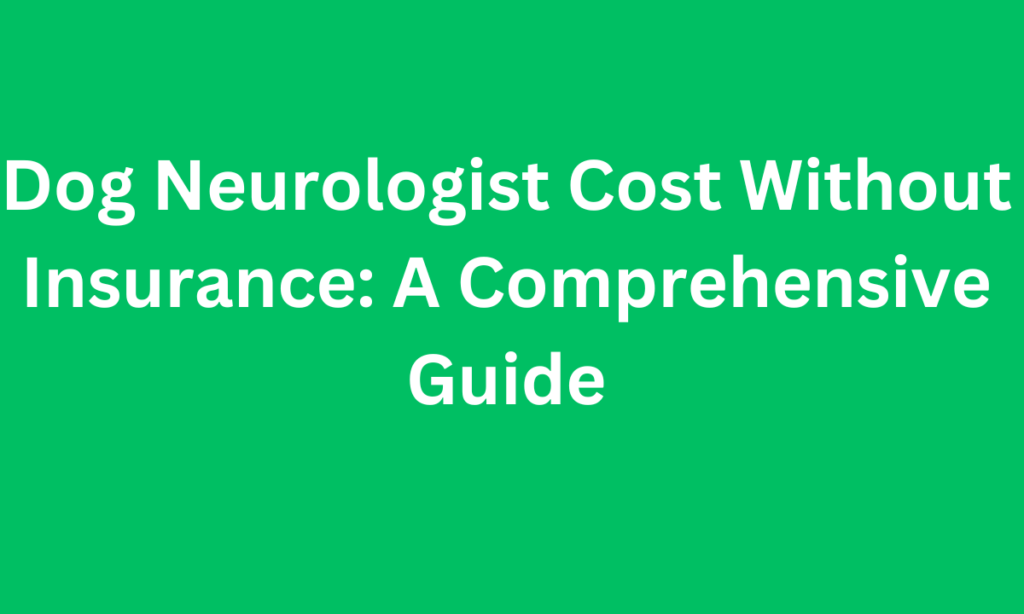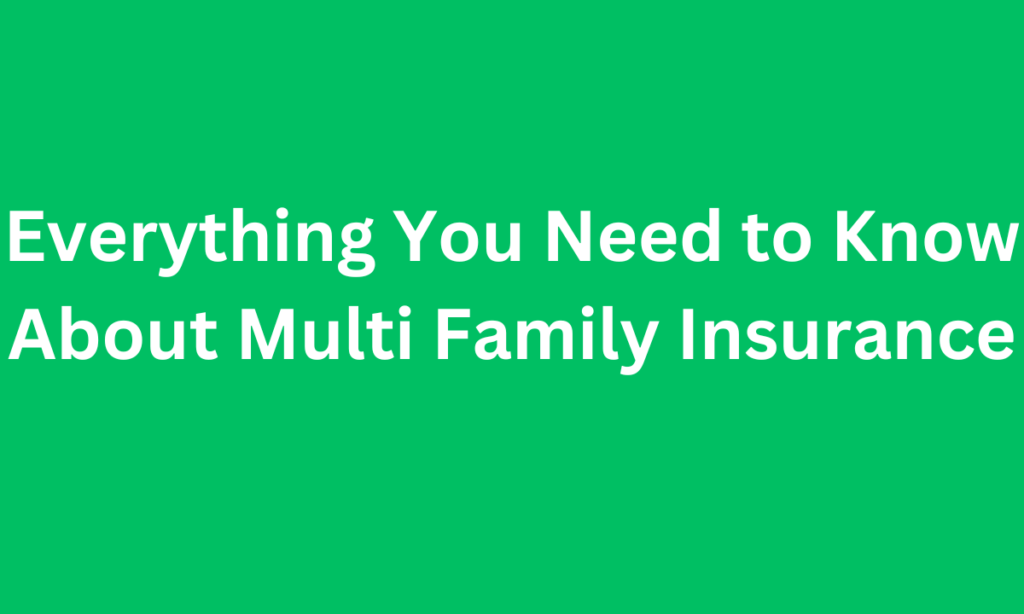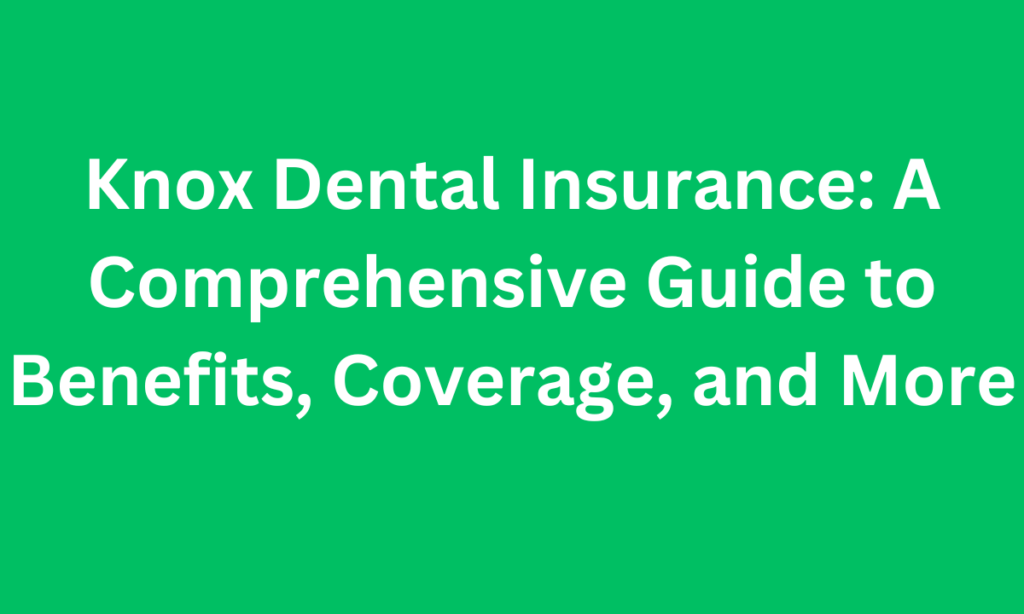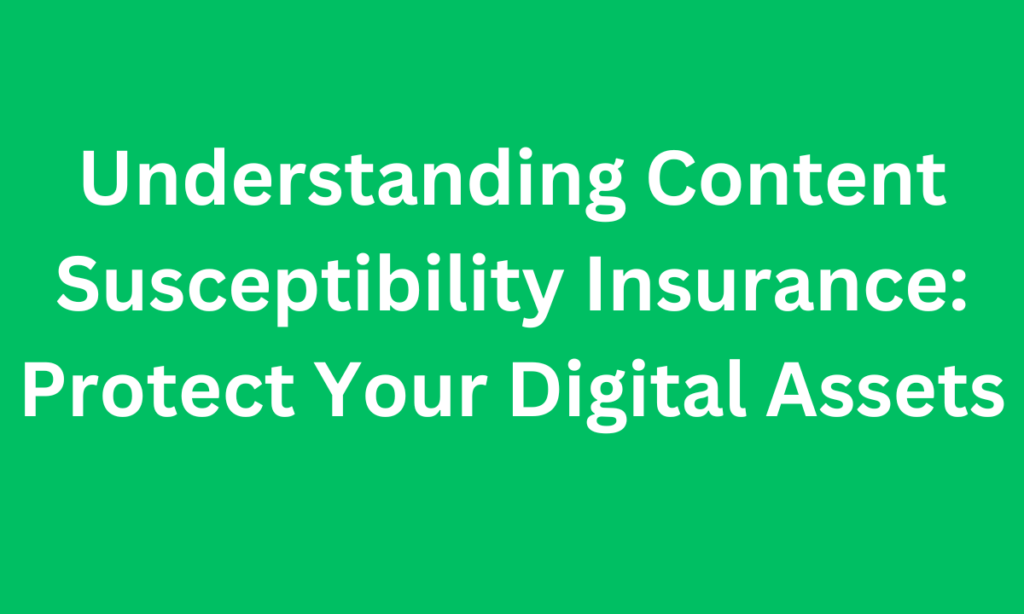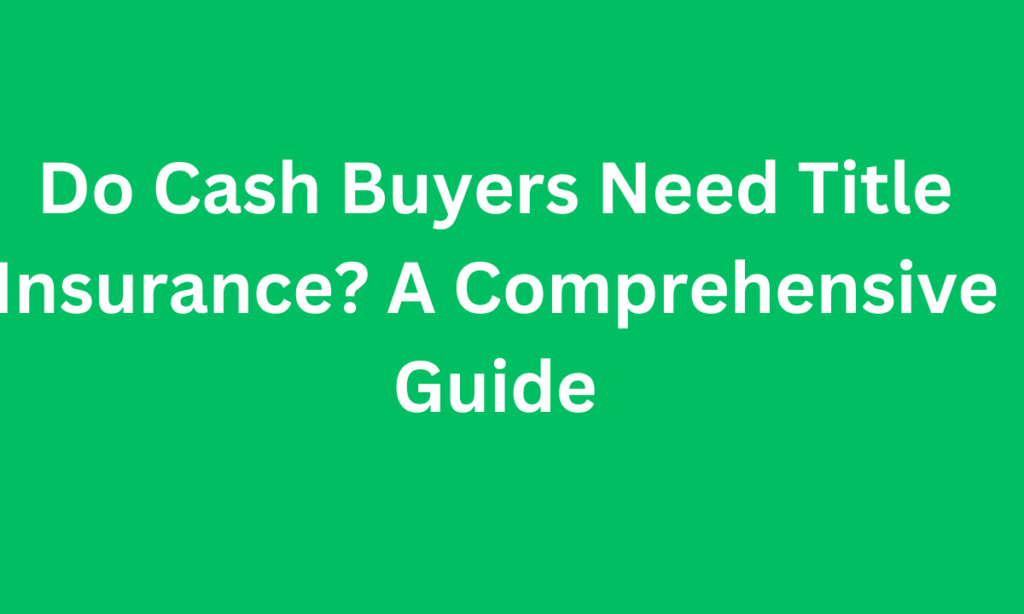Understanding Car Insurance: What You Need to Know
Car insurance is a necessity for every vehicle owner, offering financial protection in the event of accidents, theft, or damages to your vehicle. Whether you’re a first-time car buyer or a seasoned driver, understanding the ins and outs of car insurance can save you money and ensure you get the right coverage.
In this article, we’ll explore the types of car insurance, the factors that affect premiums, and tips on how to select the best policy for your needs.
What is Car Insurance?
Car insurance is a contract between a vehicle owner and an insurance company that provides financial protection against damages, theft, and other risks associated with owning and driving a car. In exchange for regular premium payments, the insurer promises to cover the costs of certain types of losses or damages that may occur.
There are several types of coverage available, and the specifics can vary depending on your location, the insurance provider, and your individual needs.
Types of Car Insurance Coverage
Car insurance policies are typically divided into two main types: liability insurance and comprehensive coverage. However, most policies offer additional options and variations. Here’s a breakdown of the most common types:
1. Liability Insurance
Liability insurance is legally required in most states or countries. This type of coverage helps pay for the damage or injury you cause to others in an accident. Liability insurance is typically divided into two parts:
- Bodily Injury Liability: Covers medical expenses, lost wages, and legal fees if you’re at fault for an accident that causes injury or death to others.
- Property Damage Liability: Covers repairs or replacement costs for someone else’s property (e.g., their car, fence, or house) that you damage in an accident.
2. Collision Coverage
Collision coverage helps pay for the damage to your own car resulting from an accident, regardless of who is at fault. Whether you hit another vehicle or an object like a tree or a pole, collision coverage can help cover the cost of repairs or replacement. It’s not required by law but is often necessary for new or high-value cars.
3. Comprehensive Coverage
Comprehensive coverage protects your car against non-collision-related incidents, such as theft, vandalism, natural disasters, fire, and hitting an animal. It helps cover the cost of repairs or replacement if your car is damaged by an event that’s outside of your control. Like collision coverage, comprehensive is usually optional but recommended for expensive vehicles.
4. Uninsured/Underinsured Motorist Coverage
This coverage protects you if you’re involved in an accident with a driver who either doesn’t have insurance or doesn’t have enough insurance to cover the damages. In some places, uninsured/underinsured motorist coverage is mandatory, while in others, it’s optional.
5. Personal Injury Protection (PIP)
PIP, also known as no-fault insurance, covers medical expenses, lost wages, and other associated costs, regardless of who caused the accident. PIP is mandatory in some states and optional in others. It’s a great option if you live in a no-fault insurance state or if you have limited health insurance.
6. Gap Insurance
Gap insurance is a specialized type of coverage for car owners who owe more on their car loan than the car is worth. If your car is totaled in an accident or stolen, gap insurance will cover the “gap” between the amount the insurance company will pay and the remaining loan balance.
7. Roadside Assistance and Rental Car Coverage
Some policies offer add-ons such as roadside assistance, which covers things like flat tires, dead batteries, and lockouts, as well as rental car coverage if your car is being repaired after an accident. While these aren’t mandatory, they can be incredibly helpful in emergency situations.
Factors That Affect Car Insurance Premiums
Car insurance premiums are calculated based on various factors. Understanding these can help you make informed decisions when shopping for insurance.
1. Driving History
Your driving record is one of the most significant factors that determine your car insurance rates. Drivers with a history of accidents, traffic violations, or claims tend to have higher premiums. On the other hand, a clean driving record with no accidents or citations will often result in lower premiums.
2. Vehicle Type
The make, model, and age of your vehicle can significantly affect your insurance premium. High-performance cars, luxury vehicles, or cars that are expensive to repair tend to cost more to insure. Additionally, newer cars often cost more to repair or replace, leading to higher premiums.
3. Location
Where you live plays a big role in determining your car insurance cost. Urban areas typically have higher premiums due to higher rates of accidents, theft, and vandalism. Conversely, rural areas may have lower rates. Local weather conditions (like frequent storms or hail) and the general crime rate in your area also influence premiums.
4. Age and Gender
Younger drivers, especially those under 25, tend to pay higher premiums due to the increased risk of accidents associated with this age group. Similarly, gender can play a role, with male drivers often paying higher rates than female drivers, although this varies based on location and insurer.
5. Credit Score
In many places, insurance companies use your credit score to determine your premium. Drivers with poor credit scores are generally considered higher risk, resulting in higher premiums. If you’re looking to lower your premiums, maintaining a good credit score can help.
6. Coverage Levels
The amount of coverage you choose will directly affect your premium. Opting for higher coverage limits or adding extra coverage (like comprehensive or collision) increases your premium. However, having adequate coverage ensures you’re protected in case of significant accidents or damage.
7. Deductible
Your deductible is the amount of money you’ll need to pay out-of-pocket before your insurance kicks in. Higher deductibles generally result in lower premiums, but keep in mind that if you have to make a claim, you’ll need to cover that deductible amount first.
How to Choose the Right Car Insurance Policy
When selecting car insurance, it’s essential to consider your needs and budget. Here are some tips for choosing the right policy:
1. Assess Your Coverage Needs
Think about how much coverage you truly need. If you have an older car, you might not need comprehensive or collision coverage, as the value of the car may not justify the cost of these coverages. However, if you drive a newer or more expensive car, comprehensive and collision coverage are crucial.
2. Compare Multiple Quotes
Always compare quotes from multiple insurance providers to ensure you’re getting the best deal. Prices and coverage options can vary widely from one insurer to another, so it’s worth shopping around.
3. Look for Discounts
Many insurers offer discounts for things like bundling home and auto insurance, maintaining a safe driving record, or having safety features in your car (like anti-theft devices). Be sure to ask about any discounts you may qualify for.
4. Consider Customer Service
Price isn’t everything. The quality of customer service can make a big difference when it comes to filing claims or getting assistance. Look for an insurer with good reviews and ratings for customer satisfaction.
5. Read the Fine Print
Make sure you fully understand the terms and conditions of your policy. Pay attention to exclusions, such as specific types of accidents or damages that aren’t covered. Understanding the policy details will help prevent surprises when you need to file a claim.
Conclusion
Car insurance is more than just a legal requirement – it’s a financial safety net that provides peace of mind when you’re behind the wheel. Understanding the types of coverage available, the factors that affect your premium, and how to choose the right policy can help ensure you’re adequately protected. By shopping around for quotes, assessing your needs, and taking advantage of discounts, you can find the car insurance that offers both protection and value.
Remember, the cheapest policy may not always be the best one. It’s essential to strike the right balance between cost and coverage to safeguard yourself, your vehicle, and others on the road.
